
Product information
Domaine Hubert Lamy Saint-Aubin 1er Cru Rouge Derrière chez Edouard 2019
Pinot Noir from Saint-Aubin, France, Côte du Beaune, Burgundy
$235
Description
This has long been one of Olivier Lamy’s finest reds, year in, year out. It comes from just under a hectare of vines on the lower slope of Derrière chez Edouard where the soils have more clay. The vines here are more than 50 years old and gift very small, ripe and intensely flavoured bunches that produce a deep and layered wine with pure, dark cherry fruit and plenty of spice. Again, Lamy worked with roughly 50% whole bunches and did not sulphur the wines at all until bottling. Another bargain. Do not hesitate!
“Offering up aromas of dark berries, exotic spices, orange rind and loamy soil, Lamy’s 2019 Saint-Aubin 1er Cru Derrière Chez Edouard Rouge is medium to full-bodied, deep and concentrated, with a velvety attack that segues into a youthfully firm, chalky finish. This, too, will require a bit of patience, but it’s very promising.”
William Kelley, The Wine Advocate
In stock










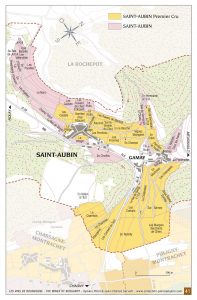
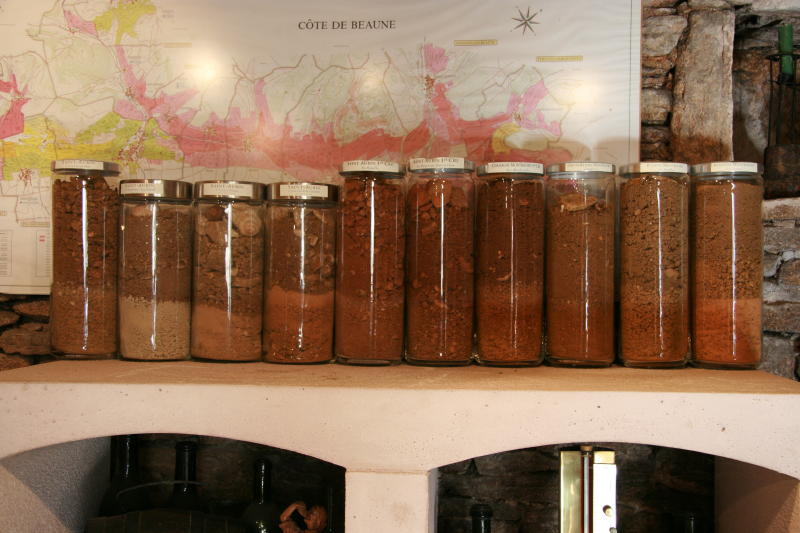
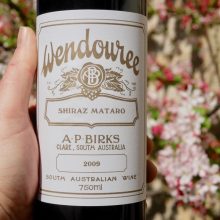
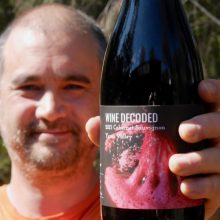
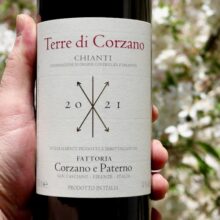
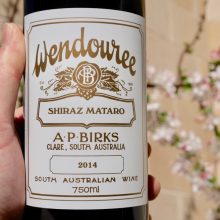
You must be logged in to post a comment.